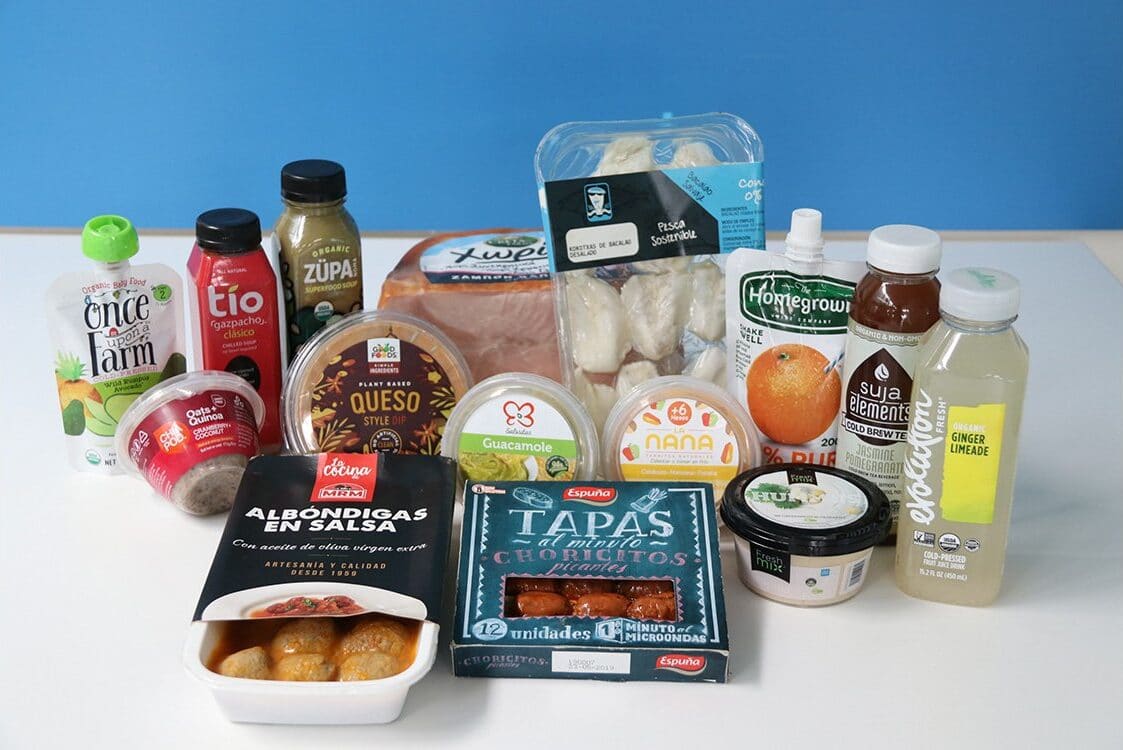

In this day and age, consumers are aware of the negative impact that ultra-processed foods have on our health. This is why people are looking for more natural and additive-free products. In contrast to the traditional processing methods, high-pressure processing (HPP) has become known as an efficient tool that allows for minimal processing and maintains the freshness of the natural product. This blog post highlights how HPP technology can maintain the nutritional properties and bioavailability of heat-sensitive bioactive compounds. This allows for the development of foods with similar properties to fresh foods, which aligns with the trend towards minimally processed foods.
To keep up with consumers’ demands when it comes to food quality, the food industry has had to continually adapt its offer to match what is generally accepted and expected. Food safety is expected and must be obtained all the while also answering demands for healthier and more sustainable food products.
Consumers have become wary of food processing, and science has backed this up repeatedly: ultra-processed foods lead to negative health consequences. What most influences the classification of a food in a processing classification is the inclusion of additives and enhancers. This means that the processes that do not add substances such as salt, sugar, oils, or fats to the original food mean that the food can remain in the “minimally processed food” category (NOVA) or “minimally processed foods with degraded raw matrix” (SIGA) (Figure 1, Fardet, A., 2018).
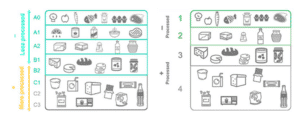
While more traditional processes such as mechanical (fractioning, mixing…), thermal (cooking, pasteurization…), or fermentative processes are generally accepted, other more modern processes are yet to be widely known to the public. In this sense, High Pressure Processing (HPP) has proven to be one of the most promising non-thermal alternatives for food stability.
Traditional shelf-stable methods
In terms of storage, we can distinguish between two types of products: fresh foods that should be stored refrigerated and shelf-stable products that are stored at room temperature (Figure 2). The latter includes foods that would normally be stored refrigerated but which have been processed so they can be safely stored at room temperature for a long time. Some examples of shelf-stable products are freeze-dried fruit, ultra-pasteurized milk and sterilized retort pouches.
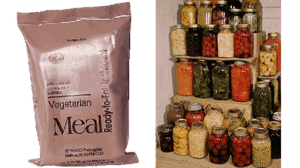
Common processes that allow achieving such stability include decreasing the amount of available water in a product (aw), increasing its acidity, or sterilizing the food using very high temperatures. Although these approaches can usefully extend a food’s shelf life, they often change its nutritional content, taste, or texture beyond acceptability.
How do shelf-stable food preservation methods differ from HPP?
The most common shelf-stable methods:
Pasteurization and sterilization are two common thermal treatments used in the food industry.
Sterilization is a harsh process since it uses temperatures above 121 °C for several minutes. This process inactivates enzymes, microorganisms and even spores (highly resistant bacterial structures), giving the product a very long shelf-life. However, the high temperature used has a detrimental impact on the nutritional value and sensorial characteristics of the food. This is the typical process used in canned food.
By comparison, pasteurization is a gentler treatment where food is usually treated with mild heat (normally under 100 °C) for a few seconds. This process inactivates enzymes, pathogens and spoilage organisms increasing the safety and shelf-life of the product, however, it does not inactive spores. Nevertheless, since heat is used, there is some impact on the nutritional and sensorial properties of the food, although lesser than sterilization. It is a process typically used in milk and some juices.
Minimal processing with HPP
provides a non-thermal preservation alternative for food and beverages based on the application of high levels of pressure for some seconds or minutes. Unlike thermal methods, it allows for the preservation of nutritional and sensory qualities of the food.
HPP advantages
HPP has proven to be a useful technique to effectively treat certain foods for stability but also preserve bioactive components and overall nutritional quality. Multiple studies in juices for example demonstrate that antioxidant properties and vitamins, among other bioactive components, are better preserved through HPP than thermal treatments.
In wheatgrass juice, a product consumed for its nutritional qualities, it is important to ensure safety and longevity of shelf-life but also a high retention of its nutritional properties. A comparative study of a thermal treatment in opposition to HPP shows that HPP prevents the loss of color through the increase of chlorophyll content along with enzyme activity and its antioxidant capacity (Figure 3).
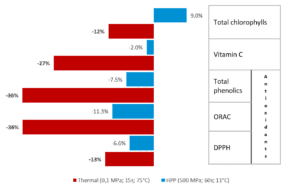
These results are corroborated in two studies comparing similar properties in HPP and thermally treated juices composed of a multitude of fruits with or without milk or soymilk. HPP retained a higher concentration and bioavailability of all carotenoids, all phenolic compounds, and vitamin C as well as higher antioxidant properties after digestion (Rodríguez-Roque et al., 2015; Rodríguez-Roque et al., 2016).
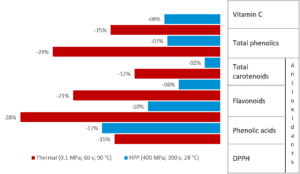
These findings reinforce HPP’s place as one of the most promising methods. HPP allows producing minimally processed food and beverages, free of additives and keeping all the organoleptic properties. These products align with the current demand for fresh, natural and clean label products. High pressure is applied to the product in its final package that prevents post-processing contamination, reducing or eliminating the need for additives, inactivates microorganisms increasing food safety and extending the shelf life up to 10 times longer. Thus, HPP increases brand protection and allows to enter new markets.
Please, contact us to know more about the advantages of HPP


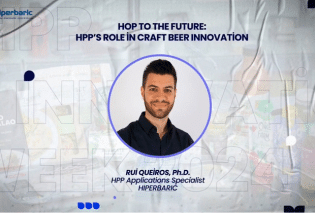
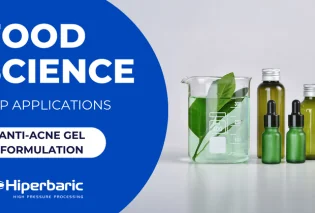
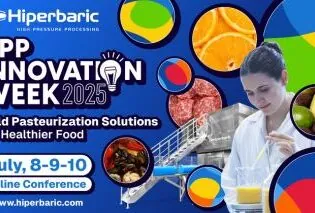
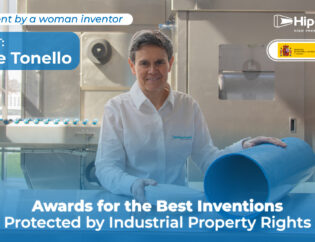


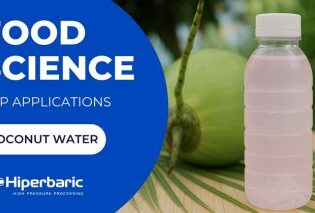


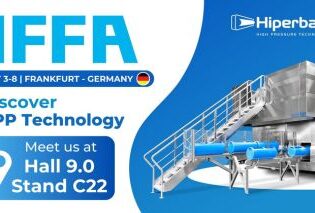
My question is, how long does coconut water stay fresh with the HPP method?
Hi! Research suggests that high-pressure processed pure coconut water can achieve up to 100 days of shelf life under refrigeration. However, these studies do not consider the temperature fluctuations to which coconut water is usually exposed during transportation or at retail. Hence, shelf life in industrial practice is usually between 45 and 60 days.
Hiperbaric Team